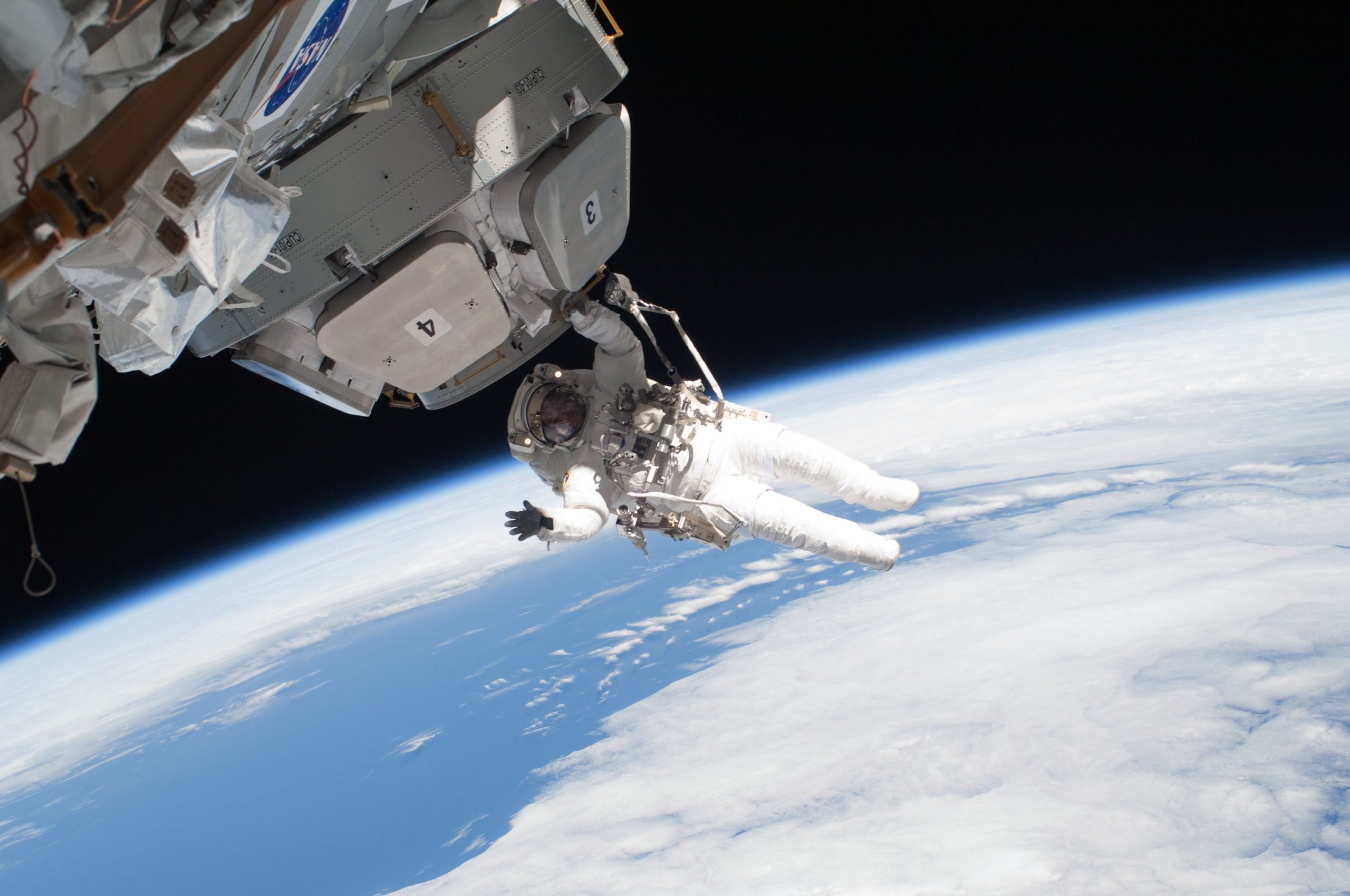
Polaris near dawn — Polaris Dawn takes to the skies, setting the stage for a daring private spacewalk Weather had confounded the launch attempt for nearly two weeks.
Eric Berger – Sep 10, 2024 9:53 am UTC Enlarge / A Crew Dragon spacecraft separates from the upper stage of a Falcon 9 rocket on Tuesday morning.SpaceX reader comments 14
A Falcon 9 rocket streaked into the black pre-dawn sky above Florida on Tuesday, carrying four people on the most ambitious private human spaceflight to date.
The crew of the Polaris Dawn mission, led by a billionaire pilot named Jared Isaacman, were injected into an orbit intended to reach an apogee of 1,200 km and a perigee of 190 km. They plan to raise Crew Dragon’s orbit to an apogee of 1,400 km near the end of the first day of flight.
Shortly after the mission’s launch, Isaacman thanked the flight controllers, engineers, and technicians at SpaceX that made the privately funded trip possible.”We wouldn’t be on this journey without all 14,000 of you back at SpaceX,” he said.
At its planned heights, the mission will mark the furthest any human has traveled from Earth since the era of Apollo missions to the Moon more than five decades ago. At this altitude the crew will collect biological data to study the effects of radiation, which is more intense that far from Earth’s atmosphere.
Then the Dragon vehicle, named Resilience and making its third flight to space, will descend toward a more circular orbit about 700 km above the Earth’s surface. From here, likely on the third day of the mission, each of the crew membersIsaacman, Scott “Kidd” Poteet, Anna Menon, and Sarah Gilliswill don their spacesuits and the air inside the cabin will be vented into space. Taking a stroll in space
First Isaacman, and then Gillis, will then each briefly climb out of the spacecraft to have a look around. This moment, if it occurs as planned, would be historic as the first private spacewalk. Equally important is that Isaacman’s initiative has accelerated SpaceX’s timeline to develop spacesuits for future missions. This is version 1.0 of a suit that could one day be used by hundreds or even thousands of astronauts walking on the surface of the Moon and Mars.
The spacewalk is the centerpiece of the Polaris Dawn mission, but the crew members will also conduct plenty of science experiments as well as test Starlink-based communications in space.
Dependent on weather conditions back on Earth, the mission is slated to last for a maximum of five days, before the crew returns to the planet and splashes down in the waters around Florida, either in the Atlantic Ocean or Gulf of Mexico.
Weather constraints for these splashdown zones are fairly strict, and an added complication of Polaris Dawn is that the winds and sea states must be accurately forecast five days in advance. If meteorologists don’t have full confidence in the splashdown weather, the mission could not launch. The Dragon spacecraft carries a finite amount of food and consumables, so the vehicle has a limited lifetime during a free-flying mission such as this one. Waiting a while to go into space
These weather constraints have bedeviled Isaacman and his crew for two weeks. The mission was originally due to launch early on the morning of August 27, but it had to be scrubbed for a day due to issue with a ground systems helium leak. After SpaceX addressed this problem, the company has been looking for good launch and landing weather since then. The waters around Florida have been unsettled, and the pattern has only recently begun to improve.
Finally, on Monday, SpaceX forecasters began to get confident with splashdown conditions this weekend. And so the concern turned to launch site weather, with storms moving through on Monday afternoon. SpaceX had to pass up the first opportunity early Tuesday due to some nearby rain showers. However, nearly two hours later, skies were clearing some over the pad. At 5:23 am ET, not long before dawn, it was time for Polaris Dawn to fly.
And so the rocket, making its fourth flight to space, did just that. This was, quite remarkably, SpaceX’s 88th launch of the year, keeping the company on pace to beat its own record of most annual launches by any country or company, ever. Now, more history awaits in the coming days. reader comments 14 Eric Berger Eric Berger is the senior space editor at Ars Technica, covering everything from astronomy to private space to wonky NASA policy, and author of the book Liftoff, about the rise of SpaceX. A certified meteorologist, Eric lives in Houston. Advertisement Channel Ars Technica ← Previous story Next story → Related Stories Today on Ars






